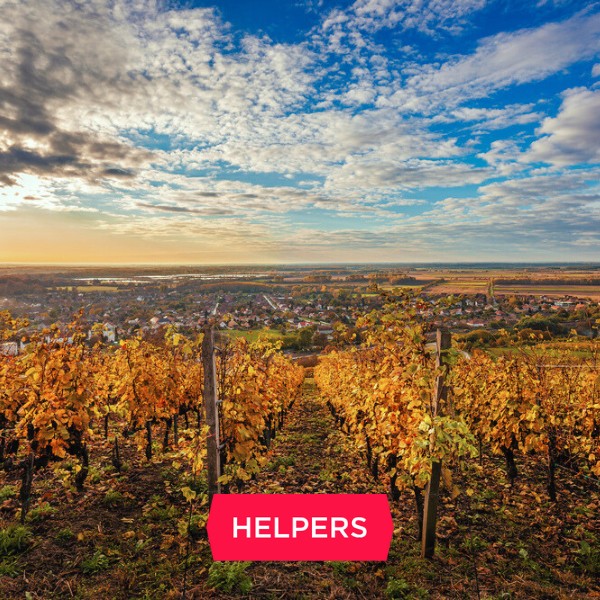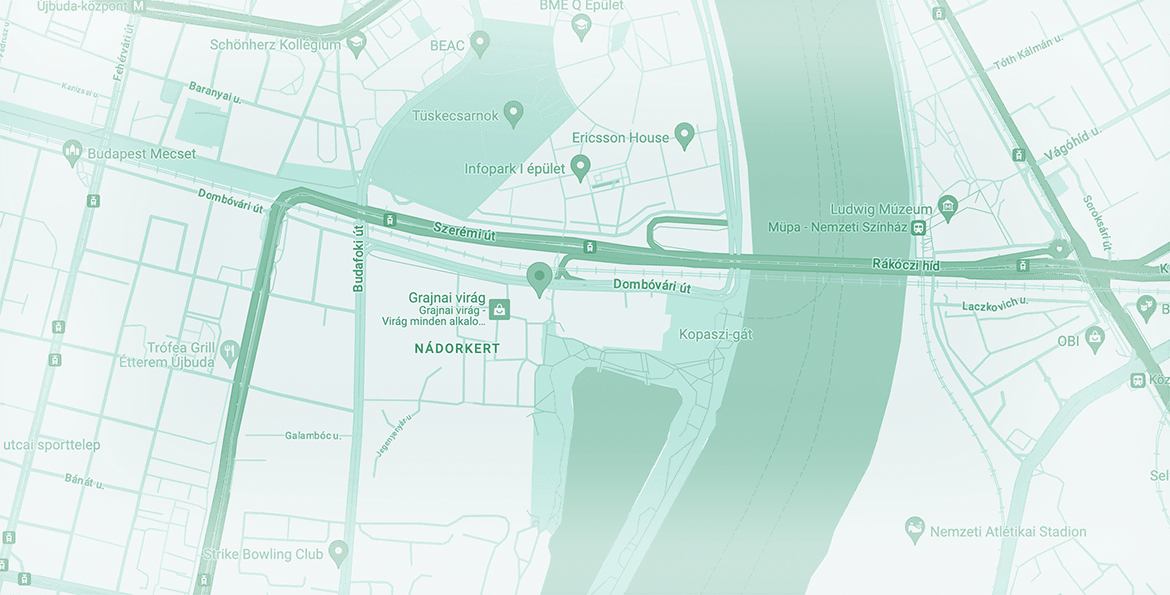
Wine regions in Hungary
The culture of wine in Hungary is as old as the country itself. You must have heard of Tokaji Aszú, sometimes called “wine of kings, king of wines”, but there are 5 more wine regions in Hungary beside Tokaj and each has its own distinct history and wines.
The culture of wine in Hungary is as old as the country itself. You must have heard of Tokaji Aszú, sometimes called “wine of kings, king of wines”, but there are 5 more wine regions in Hungary beside Tokaj and each has its own distinct history and wines.
6 wine regions, 22 sub-regions in Hungary
Winemaking has been known in Europe since ancient times. Grapes were cultivated in Hungary long before the Hungarian conquest, first by local Celtic tribes and later by Roman settlers. The Hungarian climate and landscape are excellent for winemaking with mild slopes and long, warm summers. Hungary has 6 wine regions with 22 sub-regions, and each of these can offer unique experiences to wine-lovers.
1. Tokaj (also spelled Tokay in English)
Tokaj is located at the feet of the North Hungarian mountains, on the southern hills of Zemplén. It has been a World Heritage Site since 2002 thanks to its 1000 years of tradition: Tokaj has been a wine producing region since at least the 12th century. Additionally, it has distinct architecture displaying wine cellars built in the side of the hills.
Tokaj became the first “closed” wine region in the world in 1737, meaning that Tokaj wines are produced exclusively from grapes cultivated locally. Additionally, while excess grapes are allowed to be exported, wine made from that is not allowed to be called Tokaj either. This is similar to how true champagne can only be made in the Champagne region of France, otherwise you can only have sparkling wines.
Tokay wines are typically made from white grapes, namely Furmint, Hárslevelű, Sárga Muskotály, Zéta, Kövérszőlő, or Kabar. The most well-known wine of the region is the Tokaji Aszú, which was called “wine of kings, king of wines” by Louis XIV of France in the 17th century. It is also said that Mozart was drinking Tokay while writing Don Giovanni, and this wine is also featured in Goethe’s Faust, when the devil offers it as the best wine in the world. The Tokaji Aszú is created by hand picking white grapes affected by Noble Rot, a beneficial type of fungus that will make the resulting wine especially sweet. Another local wine is the Szamorodni, which is made from similarly affected grapes with a different procedure.
2. Upper Hungary
The North Hungarian Mountains have vineyards not only in Tokaj, but higher up in the side of the mountains at around 200-300 meters. Here the weather is a bit more chilly than in Tokaj, but the mountains protect the grapes from the cold winds coming from the north. The region has 3 sub-regions in the mountains of Bükk and Mátra, and around the city of Eger.
The region produces both red and white wines, especially Leányka, Cabernet, and Tramini. The most well-known wine of the region is the Egri Bikavér (Bull’s Blood of Eger), which is a full, red wine made of at least 3 red grapes (although Kékfrankos is usually a significant ingredient). Its white counterpart is the Egri Csillag (Star of Eger), which is a very fruity white wine made with several types of white grapes.
3. Balaton region
Lake Balaton is also called the Hungarian Sea since it is the biggest lake of Central Europe. The huge body of water creates a very specific climate around it with convenient humidity and less hot summers, ideal for the cultivation of grapes.
The region is best known for its white wines, of which the Olaszrizling dominates, but red types are also gaining popularity in all six sub-regions around the lake: Badacsony, Balatonboglár, Balatonfüred–Csopak, Balaton-felvidék, Somló, and Zala.
4. Pannon region
South of Lake Balaton and west of the river Danube, you find the Pannon wine region on the hills near Pécs, Szekszárd, Villány, and Tolna, in a more mediterranean climate. In this region, red grapes dominate, especially Cabernet Sauvignon, Cabernet Franc, Merlot, Kadarka, while Cirfandli is the most popular white variety.
The Villány sub-region was the first in Hungary that developed its own PDO (protected designation of origin) system for locally produced wines in 2006. Its symbol is the Hungarian Crocus, a white flower that grows on the local hills in early spring. Szekszárd, on the other hand, is the only place where you can get Bikavér beside Eger.
5. Upper Pannon region
North of Lake Balaton, you will find a chillier climate in the Transdanubian Mountains, where grapes are grown at 150-400 m above sea level, centering around Mór, Neszmély, Pannonhalma, Sopron, and between Etyek and Buda. The region is said to be perfect for white grapes, but you can find a wide variety here, from Kékfrankos through Ezerjó to Chardonnay.
Budafok, which is currently district XXII of Budapest, belongs to this region. It used to be a center of wine trade and of creating sparkling wines. The local cellar system consists of at least 50 km worth of tunnels (other estimates suggest up to 120 km!), part of which can be visited. Etyek is where the white grapes required for the famous Törley sparkling wines have been produced since the late 19th century. At the same time, the monastery of Pannonhalma has been producing wine for at least a thousand years.
6. Duna region
The part of Southern Hungary that lies between the Danube and Tisza rivers used to be referred to as the Alföld wine region, with sub-regions of Csongrád, Hajós–Baja, and Kunság. It has wide planes, hot summers and mostly sandy soil, which are rarely considered ideal for grape cultivation. As a result, this region is often overlooked, although it provides several types of wine, mostly created with modern technology on large scale. The most notable grape types of the region are Cserszegi Fűszeres, Ezerjó, Rizlingszilváni, and Kadarka.
Do you have a favorite wine?
If you like wine, you will find Hungary has a lot to offer. Whether you like red, white, rosé, sweet or dry, fruity or hard, you will surely find something to your taste. Many restaurants and wine cellars offer tasting events where you can compare different wines, and you can even learn about the production and history of each.
Moreover, grape harvest season is coming up right now, which means that you can visit harvest festivals September through October – depending on when harvest is taking place in each region. Check vineyards near you, or make it a daytrip or a weekend program with your friends or your family.
Helpers and your Hungarian heritage
You can enjoy the wines of Hungary even if you are not Hungarian. However, if you have even one person in your family tree who was a Hungarian citizen at one point, you might be eligible for Hungarian citizenship. Fill out our free online test that takes just a few minutes, and see if you can apply for a Hungarian passport that will let you travel visa-free to more than 180 countries around the world.
If you are eligible, we will be happy to help you with the application. Helpers has 20+ years of experience providing assistance with Hungarian administrative procedures, and our dedicated citizenship team can make sure the process will be as smooth as possible.
Contact
Get in touch today
Monday - Friday
9am - 5pm CET
Helpers Hungary Kft
Budapart Gate
Dombóvári út 27
Budapest 1117, Hungary
If you’re visiting us, please use entrance A and come to the 2nd floor.





